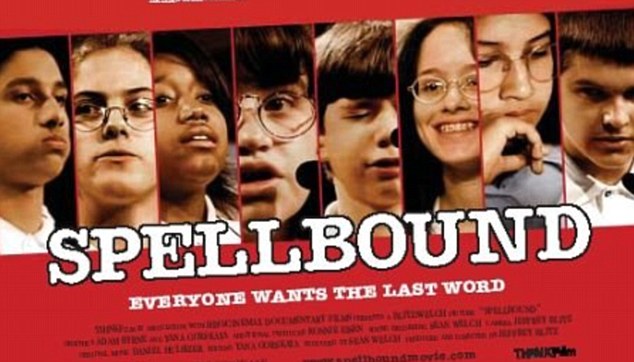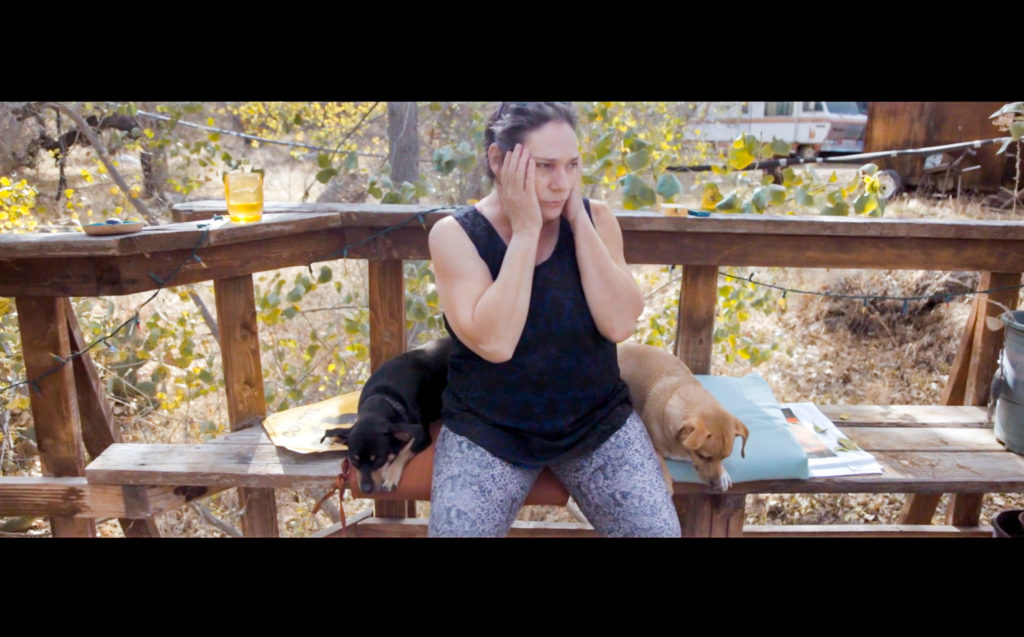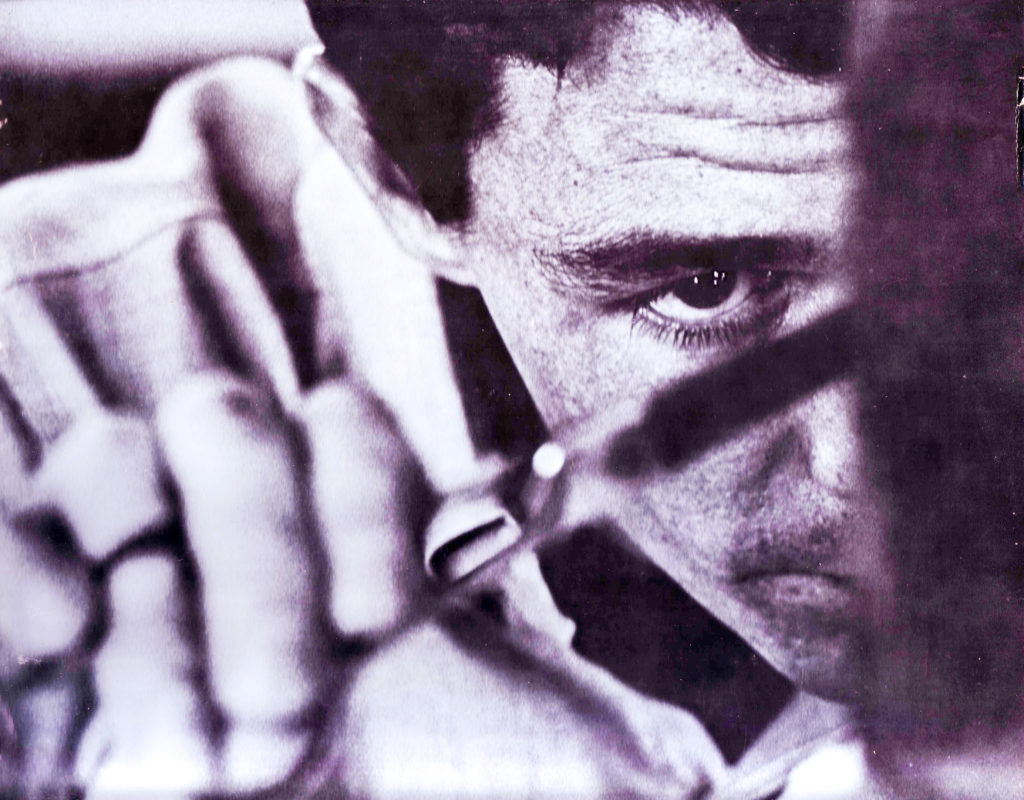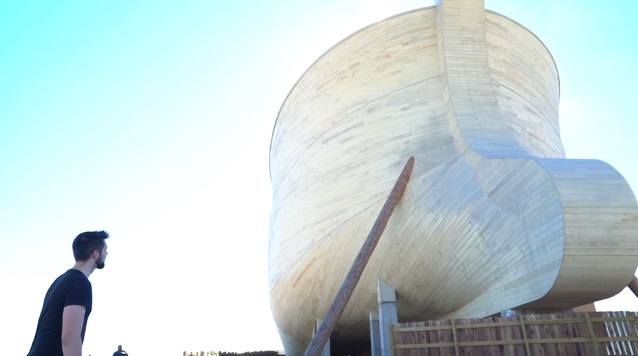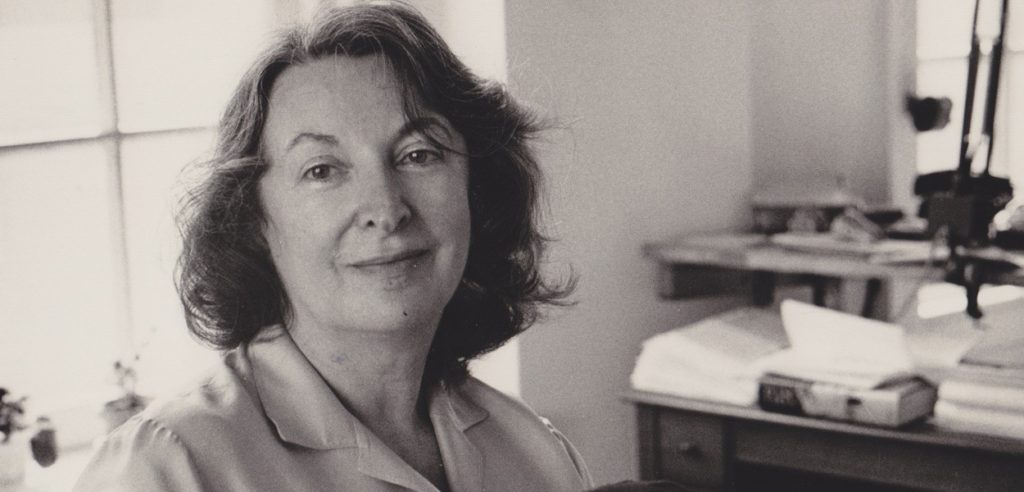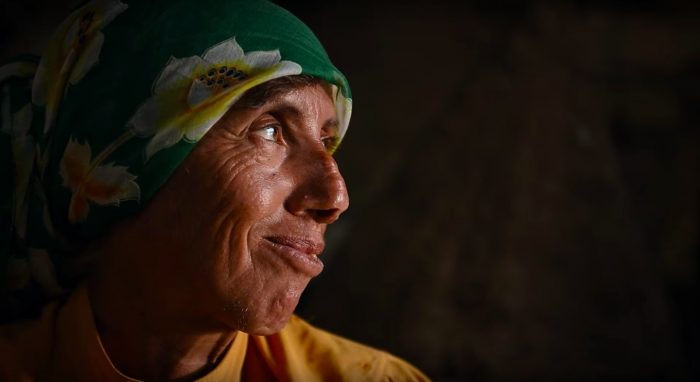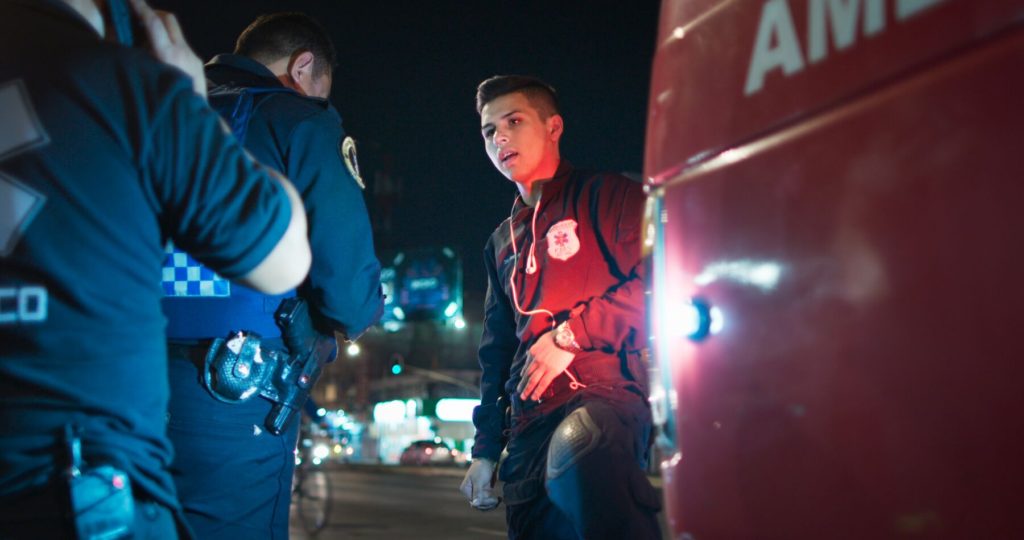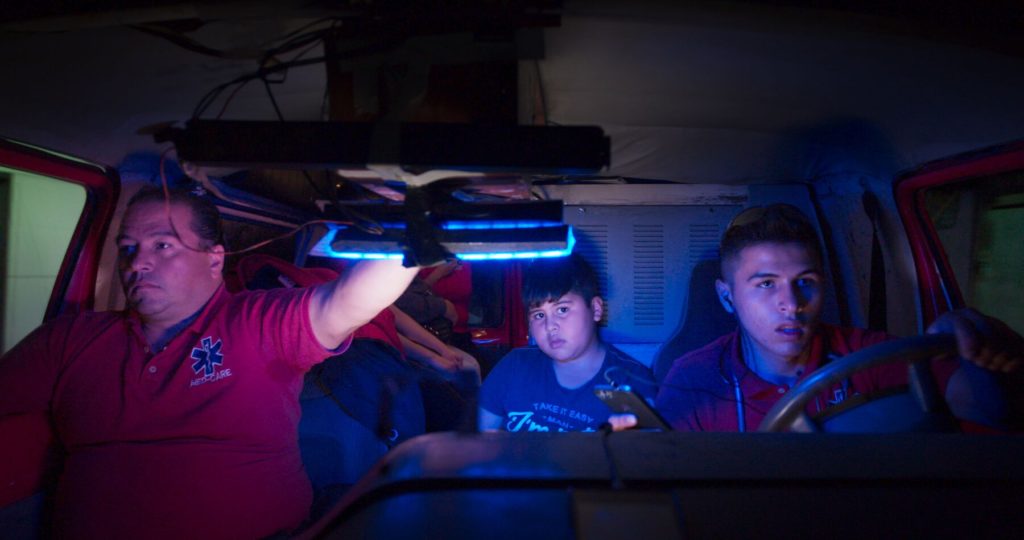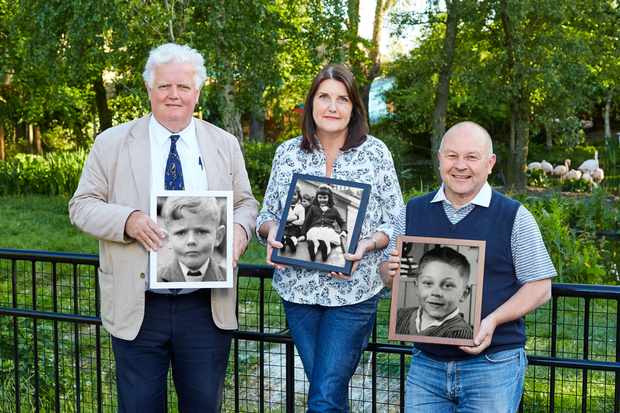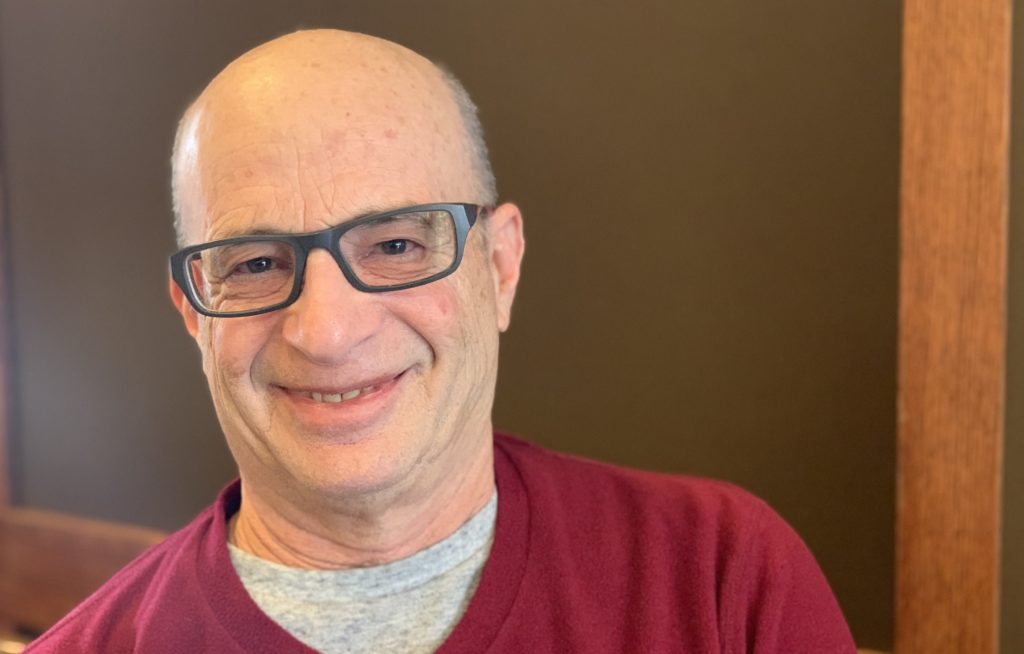
How does Cinequest fill its slate of documentary features each year? For the past two decades, Sandy Wolf, a now-retired attorney, has been volunteering to find the documentaries that premiere at Cinequest.
Back in 2002, Wolf’s recommendation got Spellbound into the festival. The story of eight teenagers competing for the national spelling bee championship, Spellbound went on to become a national art house hit, and Wolf earned some major cred.
Each year, Wolf screens the 250 documentary features that have been submitted to Cinequest by filmmakers. Wolf then submits a top ten and a second twenty recommendations, along with his comments, to Cinequest Director of Programming and Associate Director Mike Rabehl. (Rabehl himself screens every Cinequest submission, including documentaries,) Rabehl has the final say, but he agrees with most of Wolf’s recommendations.
“You rarely see a bad documentary,” says Wolf. “Although there are a lot of mediocre ones.”
How does one actually watch 250 movies? From each July though November, Wolf watches movies in the morning, until he takes a break for lunch. After a visit to the neighborhood coffee joint, he resumes until dinnertime. But he reserves the evening for his own movie choices, not festival screeners.
“Mike Rabehl tells me not to make it a job”, but Wolf thinks its goes best with this regimen.
The slate of documentaries at Cinequest is usually quite rich. Here are some of my favorites from recent Cinequests, all of which are are now available to stream:
- The Brainwashing of My Dad: When TV changes not just opinions, but mood and personality, too. Amazon, Vudu, YouTube, Google Play.
- Meet the Hitlers: Wouldn’t you change YOUR name? Amazon, iTunes, Vudu.
- There Will Be No Stay: In a society with capital punishment, someone must perform the executions. iTunes, Vudu, YouTube, Google Play.
Wolf saved me from a big mistake at the 2019 Cinequest. I had decided to pass on screening Clownvets because it looked too sappy for my notoriously jaded taste. But I watched it on Wolf’s recommendation, and I’m very glad that I did. Clownvets turned out to be well-constructed and surprisingly powerful.
This year Wolf tipped me off to The Quicksilver Chronicles, which is also my own favorite of the 2020 Cinequest documentaries.
But the Cinequest slate of documentaries isn’t Wolf’s only contribute to cinema culture, as we’ll learn in Cinequest’s Mr. Documentary: Sandy Wolf (part 2).
